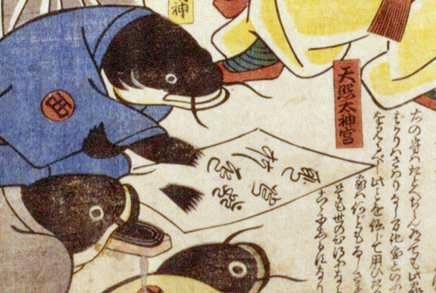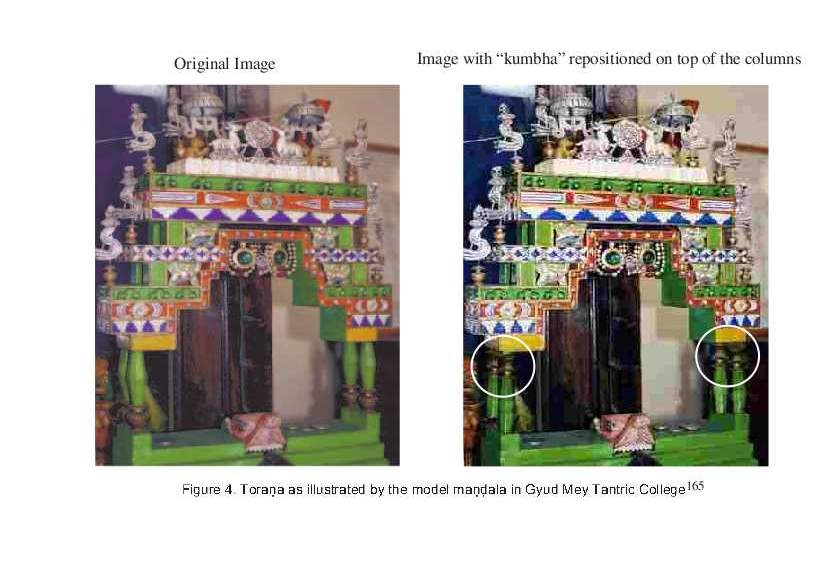A few words to offer my condolences to the people of Japan in the wake of the March 11 earthquake/tsunami, which has wreaked widespread devastation and taken thousands of lives. May the suffering there be swiftly overcome, and may something be learned and acted upon in order to reduce future suffering.
Followers of the Mahāyāna are instructed to empathise with people they do not necessarily know or like. This is a corollary of the truism that it is easier to understand those who are close to you, or part of your own experience; serious empathy requires serious effort. I therefore hope you will forgive my narrowness when I say that it saddens me to think how this will affect my friends and colleagues in Japan.

One of my first experiences of Japan, shortly after arriving on a self-funded visit fifteen years ago, was of a tiny hostel room clattering in a tremor. Today I have correspondence postmarked at Sendai, located next to the epicentre of the quake, which came with offprints of articles that taught me a lot. I feel fortunate that Japan’s second-to-none Buddhist studies culture is the first I encountered, even though it now no longer produces more scholarship in this field than the rest of the world combined. Over the years, I have come to realise that Japan’s excellence in this field is truly an embarrassment of riches; many brilliant Japanese scholars I have met are quietly anxious that they will never be able to make a living. And now this happens. 頑張って下さい。






 Mori, Masahide. Indo mikkyō no girei sekai (The Rituals of Tantric Buddhism in India). Sekai Shisōsha, 2011, 340pp. ISBN 978-4-7907-1498-9. [
Mori, Masahide. Indo mikkyō no girei sekai (The Rituals of Tantric Buddhism in India). Sekai Shisōsha, 2011, 340pp. ISBN 978-4-7907-1498-9. [